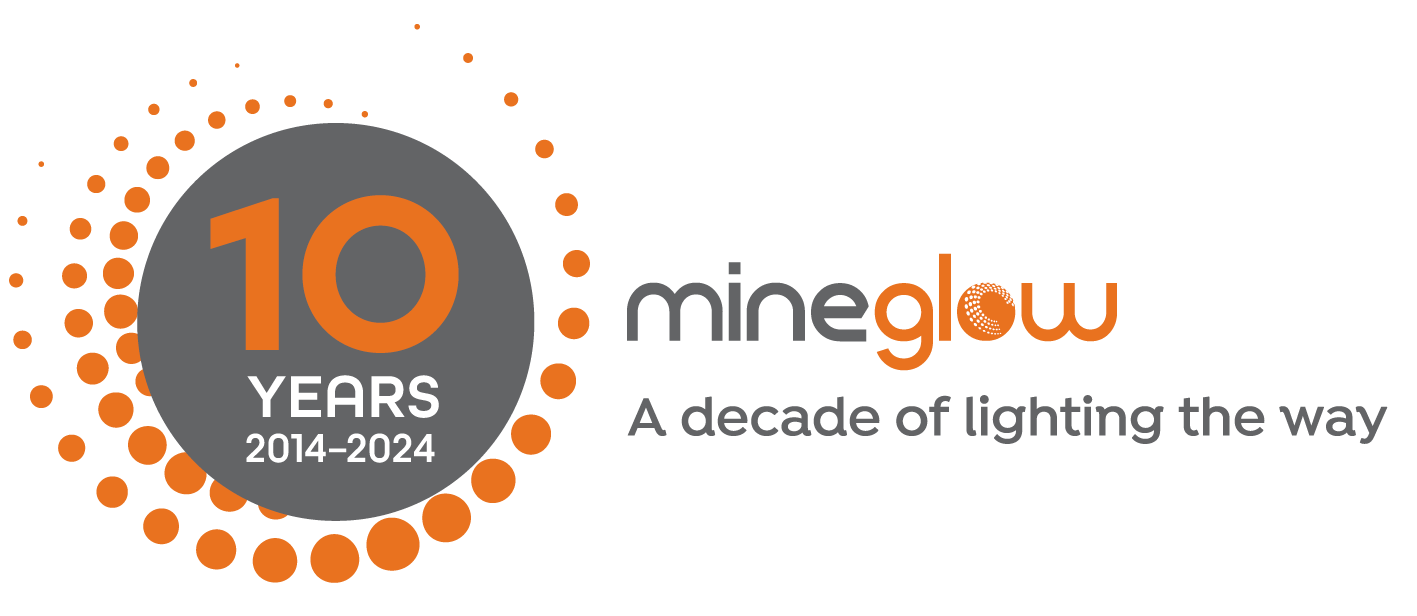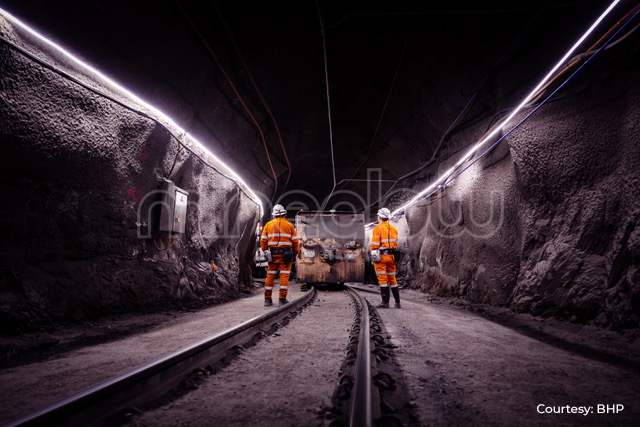On an offshore platform or inside a refinery, the right lighting can be the difference between smooth operations and a safety emergency. In hazardous environments where flammable gases, combustible dust, or hazardous materials are present, lighting can be the first line of defence against serious incidents. The wrong choice can put workers at risk, cause costly downtime, and lead to safety breaches when the lighting is inadequate and unreliable.
For hazardous areas such as oil rigs, chemical processing plants, and industrial environments handling explosive gases, the decision between fixed and portable explosion proof lighting depends on the way the site operates, the tasks being carried out, and the hazardous area classification of each zone.
Understanding Explosion Proof Lighting in Hazardous Locations
Explosion proof lights are a specific category of electrical equipment designed to operate safely in hazardous locations and prevent ignition. They are built with explosion proof enclosures and durable materials that must contain any potential spark or flame within the fixture, preventing ignition in hazardous atmospheres.
In areas where explosive materials, gas, or dust are present, correct lighting is essential. Global standards such as ATEX and IECEx guide the correct selection and installation of hazardous area lighting. These rules cover factors like maximum surface temperature, temperature classifications, and the correct choice of explosion proof light fittings.
Fixed Explosion Proof Lighting – A Long-Term Solution
Permanent lighting is the backbone of many hazardous areas operating safely and productively. Once installed, it provides reliable lighting for normal operations without the need for frequent repositioning.
It is commonly used in:
- Offshore platforms and walkways on oil rigs
- Onshore Processing and control areas in chemical plants
- Oil refineries
- Production floors in industrial settings that handle hazardous materials or combustible dust
Fixed installations improve operational efficiency by ensuring that critical areas are always well lit, reducing the chance of inadequate lighting and the associated safety risks.
Newer facilities often use LED explosion proof lights, which lower energy consumption, withstand extreme conditions, and help reduce maintenance costs over time.
The latest option is an explosion proof LED Light in a strip light format. This provides all the benefits of LED technology stated above, with the ability to easily string up a single LED strip up to 30m in length and energised off a single power supply. Requiring less equipment to install and does not require a bulky enclosure. The explosion proof light strip is only 20mm wide and 100m high. This also means less equipment to inspect and maintain reducing maintenance costs even further.
Portable Explosion Proof Lighting – Flexibility for Specific Tasks
While permanent fixtures provide consistent coverage, there are situations where mobility is key. Portable explosion proof lights are designed for potentially hazardous areas where work is temporary or in hard-to-reach spaces.
These portable lights are common in:
- Equipment inspections in confined spaces
- Shutdown and turnaround work in chemical processing plants
- Emergency lighting after a power failure
- Maintenance in harsh environments where fixed lights are not practical
Portable explosion proof lighting is built to the same explosion proof lighting requirements as fixed systems, with robust construction and explosion proof enclosures that protect against ignition risks.
However, this makes the lighting bulky and heavy, presenting a challenge whern using it in confined workspaces. The crew often resort to torches that provide inadequate lighting, leading to higher safety incidents, slow work progress and causes fatigue.
The best option for providing adequate lighting that is practical and safe to use in confined workspaces, is an explosion proof LED strip light. This can be connected to a portable power supply and simply rolled out into the confined work area.
Comparing Fixed and Portable Options
When choosing between fixed and portable explosion proof lighting for hazardous zones, several points can guide the decision:
- Hazardous Area Classification – Fixed lighting is better for zones with constant operational needs, while portable units excel in hazardous locations where tasks change frequently.
- Power Supply – Fixed lighting solutions connects to the site’s electrical grid, often with backup. Portable lights may be run off a portable power supply or battery-powered, useful in hazardous environments.
- Maintenance Costs – Fixed systems have lower long-term costs, while portable lighting requires frequent periodic checks to maintain equipment performance.
- Operational Efficiency – Fixed lights reduce setup time for regular work, while portable lighting allow teams to respond quickly to maintenance or inspection needs.
- Environmental Conditions – Consider extreme conditions, harsh environments, and exposure to chemical processing by-products.
For detailed guidance, OSHA provides a useful overview of hazardous environments and equipment requirements (OSHA Hazardous Locations Guide).
Meeting Safety and Compliance Standards
Both fixed and portable systems must meet strict ATEX/IECEx explosion proof lighting requirements. This includes compliance with hazardous area classification rules, selecting explosion proof fixtures with suitable temperature classifications, and ensuring lighting systems are installed and maintained by trained professionals.
Regular inspection helps avoid safety incidents, particularly in high risk areas where hazardous gas, volatile chemicals, or hazardous substances are present. Proper planning ensures lighting continues to deliver reliable illumination even in normal operations and during emergencies.
Finding the Right Balance for Your Site
In many industrial environments, the most effective approach is a mix of both. Fixed installations to provide continuous coverage in high-traffic or high-risk areas, while portable explosion proof units add flexibility for temporary tasks in confined spaces, and situations where the lighting must move with the job.
By having both types, operators in the oil and gas industry, chemical processing plants, and industrial settings can improve workplace safety, minimise downtime, and ensure compliance with all relevant safety standards for working in hazardous areas.
Selecting the Right Explosion Proof Lighting
The right lighting solution depends on your site’s classification, operational patterns, and the specific hazardous environment. If you require continuous coverage with minimal intervention, fixed explosion proof lights are likely the best choice. If your work involves frequent movement, varied hazardous areas, or emergency preparedness, portable explosion proof lighting offers the flexibility you need.
Whether fixed, portable, or a combination, the goal is the same: ensuring safety, maintaining compliance, and delivering reliable lighting in hazardous environments where mistakes are not an option.

